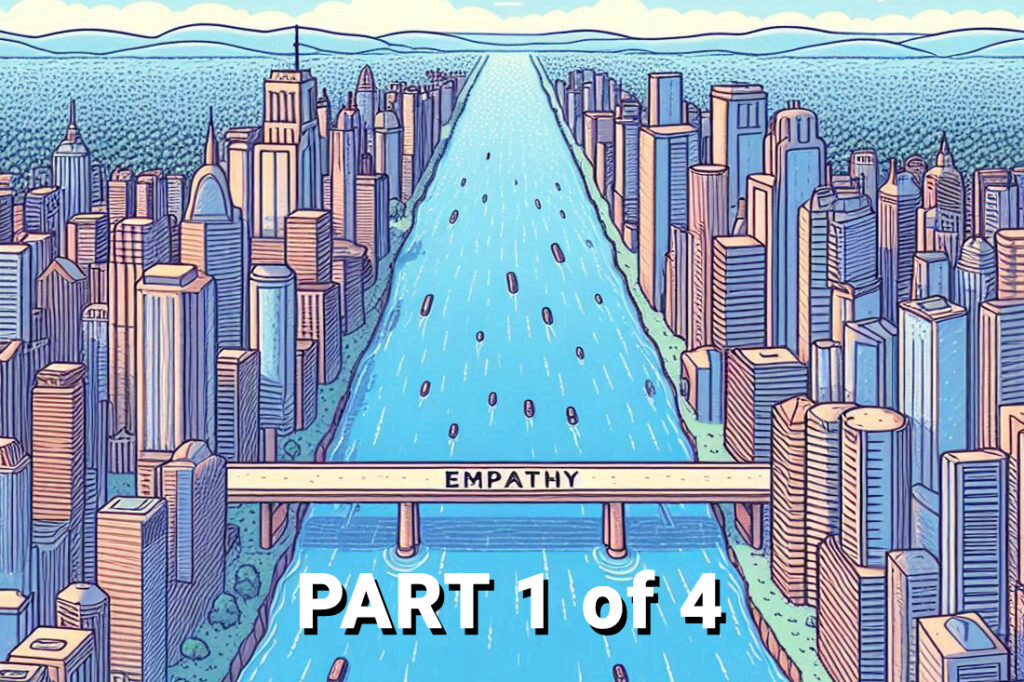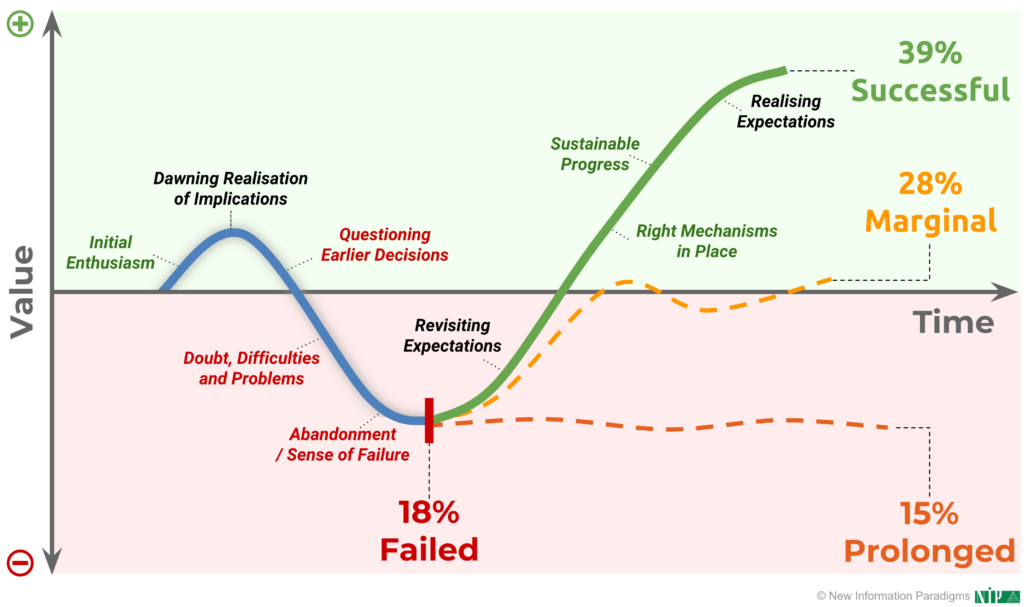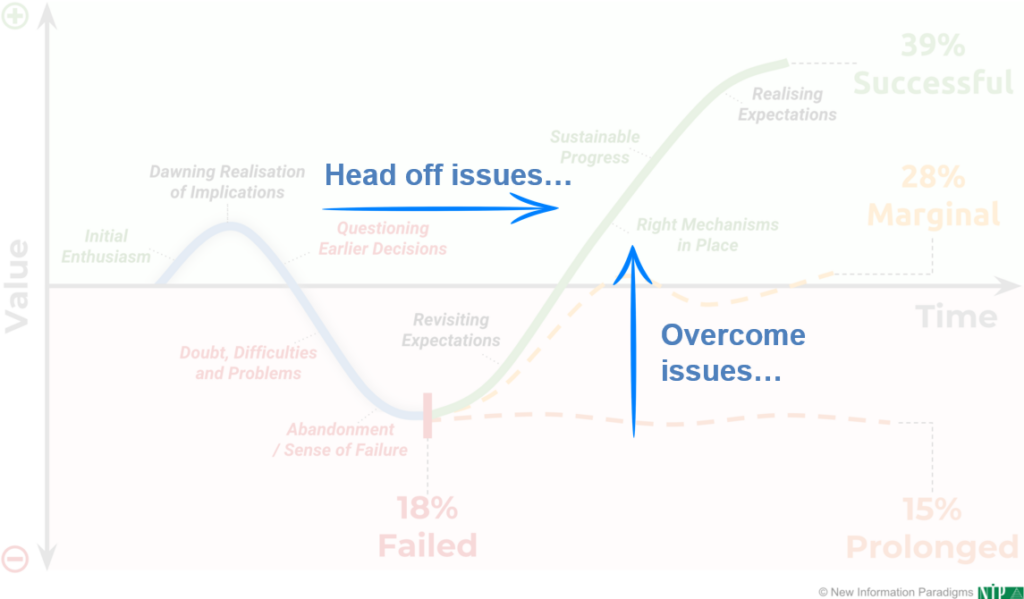Things That Matter: Operationalizing Empathy: Part 1: the Need

- Part 1: the Need for Empathy
- Part 2: How to Establish Empathy
- Part 3: How to Encapsulate Empathy
- Part 4: How to Harness Empathy
Empathy is the root of better relationships. We know this on a personal level. But empathy – actively understanding and responding to the other party’s perspective and priorities – is often almost entirely missing between organizations.
In this series, we’ll see how empathy is based around the Things That Matter – in particular how capturing and making the Things That Matter measurable as Value Codes makes it possible to harness empathy – and we’ll begin by looking in more depth at the need for empathy.
It’s fair to say that it’s a tough time for relationships.
Through webinar polls we’ve run, we’ve found that:
- Not even 10% are “very confident” that those involved in their commercial relationships are clear and aligned on the Things That Matter (with the majority of the rest “not too confident” or “not at all confident”).
- 60% say they are under pressure to do more with less, and over 50% feel that contract management and relationship management are clashing: conflicting Things That Matter, and questions around priorities.
- Of seven serious issues commonly experienced in relationships, almost 2/3 report facing three or more of them.
We need to recognize, face and understand what’s typically happening, and we can put a shape to it – and some statistics around it – with our Expectations Curve:

Even these numbers are conservative – many relationships don’t even start, due to a breakdown in negotiations, which would significantly push up the 18% for failure.
And even if relationships make it past there, only half ever really realize expectations; the others eventually peter out or just about hang on.
The associated waste and cost – not just in financial terms, but also human terms – just aren’t sustainable.
Ways out
But as well as painting a gloomy picture, this curve also indicates two opportunities for change with its two inflection points, both of which involve aiming to put the “Right Mechanisms in Place“:

The first inflection point on the curve involves heading off issues – avoiding or minimizing the “trough” that then follows.
(I say “minimize” because some dip may be inevitable: relationships are hard work, and today’s environment is really challenging, but if the right mechanisms are put in place earlier, any dip can be flattened and the elapsed time shortened.)
The second inflection point – the second opportunity for change, which may be closer to where you find yourself right now – is if things have already started down that curve.
But what are the “right mechanisms”?
They’re mechanisms that work with our current reality – which is Complex – rather than our default approaches, which all attempt (but fail) to work against it, and Complexity begins with People.
So, the right mechanisms need to be really in tune with People and that means understanding what’s important to them – what drives them – and that means we need to achieve empathy around the Things That Matter.
The role of empathy and its challenges
Empathy: “the ability to take on another’s perspective… to understand, feel … share and respond to their experience.”
We all value and prize empathy in our personal relationships: we all want to be understood, and for our priorities to be taken into account; we also know that our relationships are better when we also really understand the other party.
Empathy leads to real understanding; when you have understanding, you can then achieve alignment – a crucial part of which is managing differences – and naturally leads to collaboration and then trust:
- Empathy means you can understand the other party’s perspective and priorities: their Things That Matter.
- Understanding leads to alignment around the Things That Matter: alignment on areas of shared focus and opportunity, alignment on shared challenges, and conscious understanding and management of differences
- Alignment naturally leads to the emergence of collaboration on the Things That Matter.
- Collaboration then sees the parties acting congruently with the Things That Matter and starting to deliver on them, leading to trust.
- Trust also flows from the frankness, directness and transparency of the whole process.
In other words, empathy starts a “golden chain” – empathy → understanding → alignment → collaboration → trust – and as well as remaining the first link and foundation for that chain, it continues to grow throughout it.
(And we can then see why empathy is so relevant to the various ways we’re trying to get better at relationships, whether that’s mutually aligned objectives, collaborative working, relational contracting, or whatever else.)
Empathy of course involves altruism, but we’ve just said how it’s in tune with reality, and that it’s the root of better relationships – which absolutely benefits us as well as the other party – so empathy is fundamentally practical and pragmatic, too.
The challenges of empathy
However, what’s also clear is that empathy is usually lacking in our business relationships, at least at the organizational level. According to WorldCC research:
- 77% of suppliers question that customers really want to collaborate, with 95% instead seeing price as their main driver.
- Buyers feel that suppliers care most about revenue and growth, when suppliers say they care about very different things.
For the most part, I don’t think that’s down to a lack of willing: when I talk with people stuck in difficult business relationships, they obviously say it’s not what they want, but also that they’re sure the other party doesn’t want it to be like this, either.
In other words, the will is there, but – so far, at least – the way hasn’t been.
So how do we take this concept of empathy – something we all prize at a personal level – and translate or achieve it between organizations?
We’ll look at that in the next part, but one thing to reflect on is that empathy is described in the definition above as an “ability”: yes, empathy is also a disposition or an attitude, but “ability” implies that empathy is something we need to develop and can get better at.
It might not always come naturally and it’s going to involve work…

